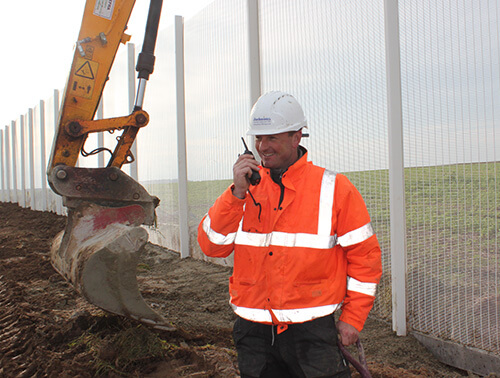Our other sites:
In recent years, the government launched a consultation into proposed new anti-terrorism legislation protecting the general public. The Protect Duty, as it’s billed, builds on ‘Martyn’s Law’, legislation campaigned for by the mother of one of the victims of the 2017 Manchester Arena attack.
The consultation will consider ways of developing proportionate security measures in publicly accessible locations, seeking to make it a legal requirement for venue operators and owners of other public locations to assess and mitigate security risks, taking steps to protect the public. Currently, there is no legal requirement to do so.
What counts as a publicly accessible location and who does this apply to?
Publicly accessible locations are any spaces the general public have permission to enter. This includes three main categories: public venues – such as entertainment venues, tourist attractions and shopping centres, with a capacity of over 100; large organisations like retail or entertainment chains with a minimum of 250 staff, and public spaces such as parks, beaches and thoroughfares.
Public spaces are more challenging to protect, and the government wants to explore how it can work with the parties responsible for these locations to achieve improved security. This means establishing responsibility for safety in such spaces, considering what the reasonable expectations are, and the potential role played by legislation in mitigating these issues.
It isn’t possible to predict or prevent all terrorist attacks, so any publicly accessible location can be a target. Therefore, those responsible for the spaces should be ready and prepared to take appropriate action at any time.
The consultation’s aim is to provide a security framework to help venues be prepared by considering the adequacy of adopted security measures, systems and processes.
So what can venues do to be alert to threats?
The consultation document includes a list of recommendations for venues:
What does it mean to be prepared for an attack?
The framework includes three key points that all spaces and organisations should pay attention to:
To comply, organisations are encouraged to use information and guidance provided by the government and available through the police services. These will help when assessing the likelihood of terrorist threats to the public and staff at the locations they operate.
The guidance is designed to help imagine the potential impacts of the risks. These will vary depending on the specific functions or qualities of the site in question, as well as the security systems that are in place.
Venues should also think about a ‘reasonably practicable’ organisational preparedness system. This doesn’t mean that all employees have to become security staff, but rather providing training and planning, so that everyone knows how to react quickly in case something does happen.
How does compliance work?
Many organisations will obviously face budget and time restrictions, particularly the smaller ones. Compliance is one of the questions the consultation is seeking answers to, but current suggestions include simple measures such as periodic risk assessments and preparedness activities, as well as staff training.
What will the government do to support and work with partners?
First and foremost, the government is offering advice to help understand threats and attack methods, practical preparedness measures, how to stay vigilant and plan for incidents. A new digital platform will be launched this year for advice and training purposes.
In addition to this, sectoral and regional engagement days have been outlined in the proposal, with updates and revisions to training and e-learning programmes. An app devoted to ACT was launched in March 2020, and the government authorities Career Transition Partnership (CTP) and Centre for Protection of National Infrastructure (CPNI) are also providing advice.
Engaging with the security industry
There are also plans for the government and businesses to have more engagement with the security industry. Organisations with a role in delivering and supporting security solutions – services and products – can help owners and operators of publicly accessible locations comply with the Protect Duty.
It will be important to ensure that the market can provide sufficient high-quality advice, products and services to all those within scope. To this end, the government may consider introducing new schemes to promote and maintain appropriate standards such as accredited training, approved contractor schemes or regulation, in addition to existing initiatives.
To help advice businesses find the right security solutions, at Jacksons Fencing, we are publishing a series of blogs going into more detail about the specific needs of different organisations, so keep checking our blog for more advice.
If you’d like tailored recommendations for the best security solution for your business, speak to us today.
Related products
Jacksons Security has a range of products relating to this article, all complete with our 25 year service life guarantee. If you cannot find the item you are looking for, please do not hesitate to call our friendly sales team.
Related Content
Top






